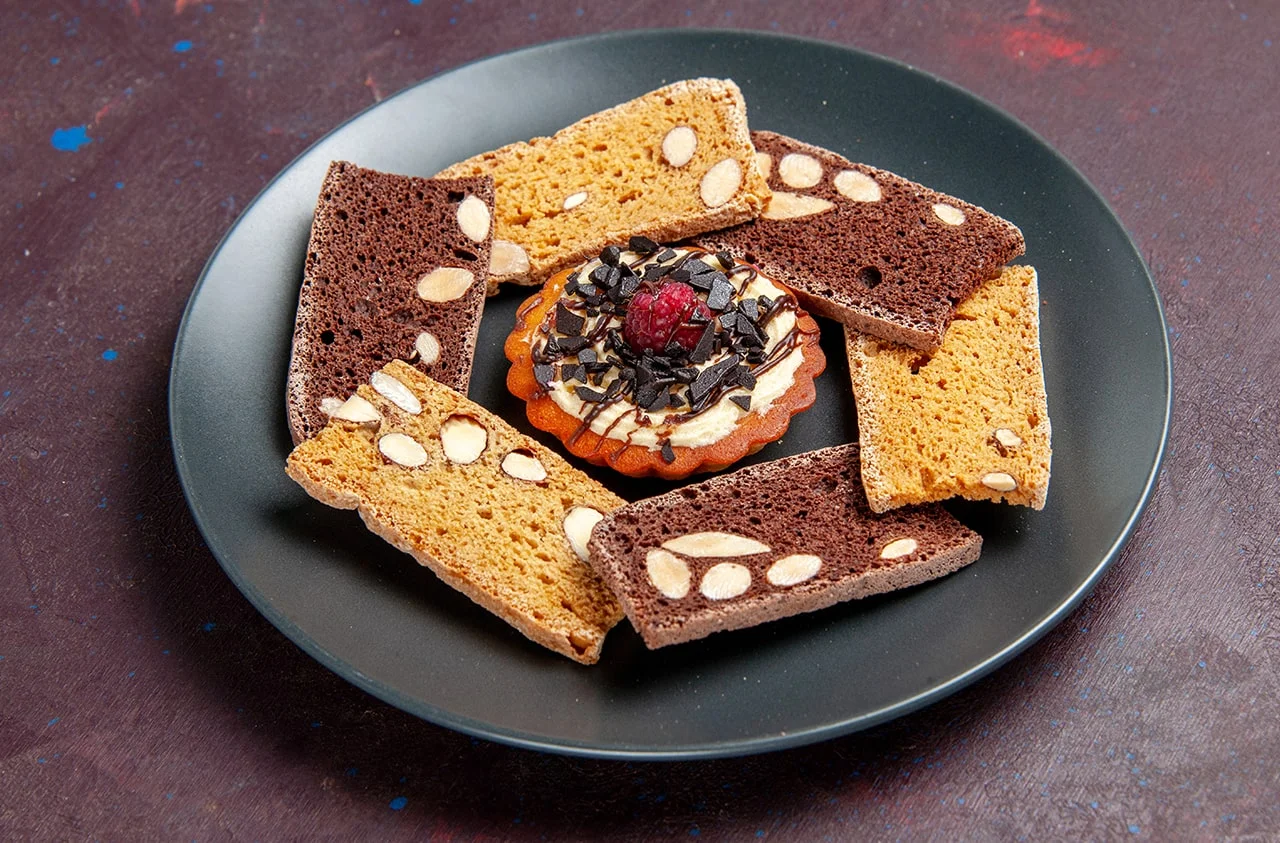Almost everyone has tried baking at home, hoping the result tastes just like the indulgent treats you buy from a professional bakery. Yet, despite following recipes to the letter, homemade cakes, cookies, and desserts often lack that extra spark of flavour and aroma. The difference doesn’t lie only in ovens or decorating skills — it’s mainly about how flavours are used. Bakeries rely on concentrated flavour solutions and carefully layered profiles to create depth, consistency, and irresistible aroma. Let’s uncover why your homemade desserts don’t taste quite the same and how you can fix it.
The Challenge of Flat Flavours
Most home bakers lean heavily on basic vanilla extract or cocoa powder. While these staples add a pleasant note, they don’t create the multi-dimensional taste that bakeries achieve. Professional bakers use combinations of flavours — vanilla enhanced with caramel, a nutty undertone, or a hint of citrus zest. Brown flavours such as butterscotch, caramel, chocolate brownie, biscuit, and butter give desserts a rounded richness that lingers on the palate. Adding even a drop of butterscotch or caramel essence can elevate your frosting, cookie dough, or sponge cake, taking it from simple to spectacular.

The Problem of Aroma Loss During Baking
Flavour compounds are often volatile and can fade when exposed to high temperatures. This means that by the time your cake cools down, much of the delicate aroma may already be gone. Bakeries overcome this by using concentrated, heat-stable flavour compounds that retain their intensity even after baking. At home, you can experiment with higher-potency flavour solutions that are designed to hold their aroma through the baking process, ensuring your desserts taste as good as they smell.
Fat and Flavour — the Hidden Connection
Flavours require a carrier, such as fat or sugar, to bind and release properly. When you reduce butter or oil in recipes, the flavour often tastes weak. Bakeries balance fat, sugar, and emulsifiers to achieve the perfect flavour delivery. If you’re trying to bake healthier, you can still enhance your recipes with butter flavour powders or rich brown flavours that add depth without the need for excess fat. This simple trick can help mimic that bakery-style richness.
Consistency in Measurement
Another reason bakery desserts taste uniform and balanced is precision. Professional kitchens rely on exact measuring tools, ensuring every drop of flavour is added in the right proportion. Home bakers often guess by eye or use uneven measurements, which leads to inconsistent results. To get bakery-quality flavour at home, try using digital scales or pipettes when adding concentrated flavours. Even the smallest difference can make a noticeable impact on the final product.
The Art of Layering Flavours
Bakery chefs don’t stop at adding flavour to the batter; they also enhance desserts after baking. Glazes, syrups, and sprays infused with citrus or floral notes add a final burst of aroma. A simple lemon glaze over a sponge cake, or a light rose-infused syrup brushed on cupcakes, can transform the overall experience. Layering flavours ensures every bite delivers complexity, rather than tasting one-dimensional.
Shelf Life and Freshness
Homemade desserts tend to lose aroma quickly, especially if stored overnight. Bakeries use flavour solutions that are resistant to oxidation, allowing products to stay fresh and flavourful longer. If you want your desserts to retain that just-baked appeal, incorporating flavour-stable concentrates is an excellent option.
Conclusion
The difference between homemade and bakery desserts is not as mysterious as it seems — it comes down to flavour selection, layering, and stability. By introducing concentrated flavours such as caramel, chocolate brownie, lemon, or rose into your baking process, and paying closer attention to measurement and layering, you can bridge the gap. The next time you bake, think beyond vanilla and cocoa, and you’ll be amazed at how close your creations come to tasting like bakery favourites.
